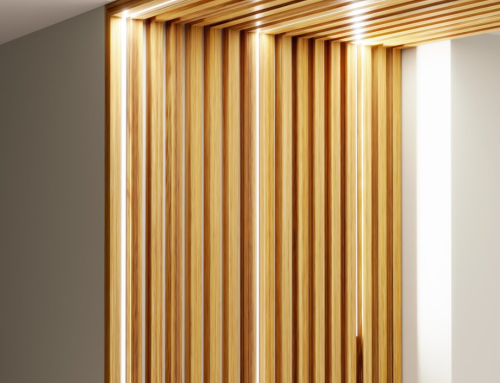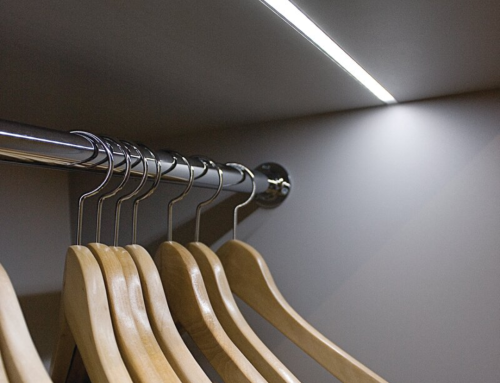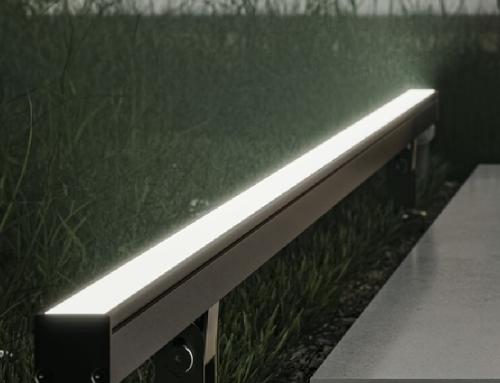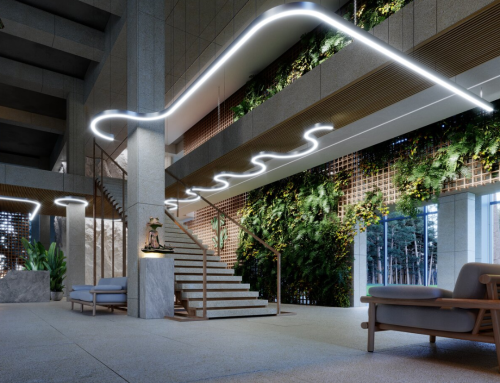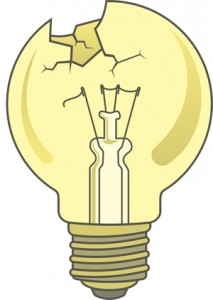 Today’s environmental and economic climate has encourage more and more people to look for ways in which to minimize energy costs and preserve the environment. LED lighting systems are one of the innovations that are being used to achieve both goals. LED lamps consume very little energy whilst producing a better light than is produced by incandescent or fluorescent bulbs.
Today’s environmental and economic climate has encourage more and more people to look for ways in which to minimize energy costs and preserve the environment. LED lighting systems are one of the innovations that are being used to achieve both goals. LED lamps consume very little energy whilst producing a better light than is produced by incandescent or fluorescent bulbs.
Initially, home LED lighting systems are more expensive than conventional lighting systems, however over time those initial expenses will pay for themselves, and in the long term you come out way a head.
- An LED lamp will use up to a third of the energy used by an incandescent bulb of the same wattage rating. This means that you can use an 18-watt LED lamp to replace a 75-watt incandescent bulb.
- An LED lamp has up to 10 times the longevity of an incandescent lamp.
Ecologically, switching to LED lighting systems helps in conserving the environment on two levels.
- The first is the fact that there will be less energy consumed which means less use of nuclear material in producing this energy.
- The second is the fact that LED lamps have carbon emissions savings when compared to incandescent lamps. Research has shown that the use of LED lamps will keep half a ton of carbon dioxide from the atmosphere every year. Findings show that changing a single lamp in every home will considerably reduce the amount of Carbon Dioxide in the atmosphere. The reduction of green house gases is a national priority, and you will be playing your part when you switch to using LED lamps.
LED lighting systems are not only being produced for the home-market. These systems are being used in offices, vehicles, battery-operated torches, among many other applications. There has been a global realization of the benefits of using these lighting solutions, and you should adopt them too. Not only are they economical, and eco-friendly, they are also convenient since you will not have to worry about the task of changing bulbs every few months.

